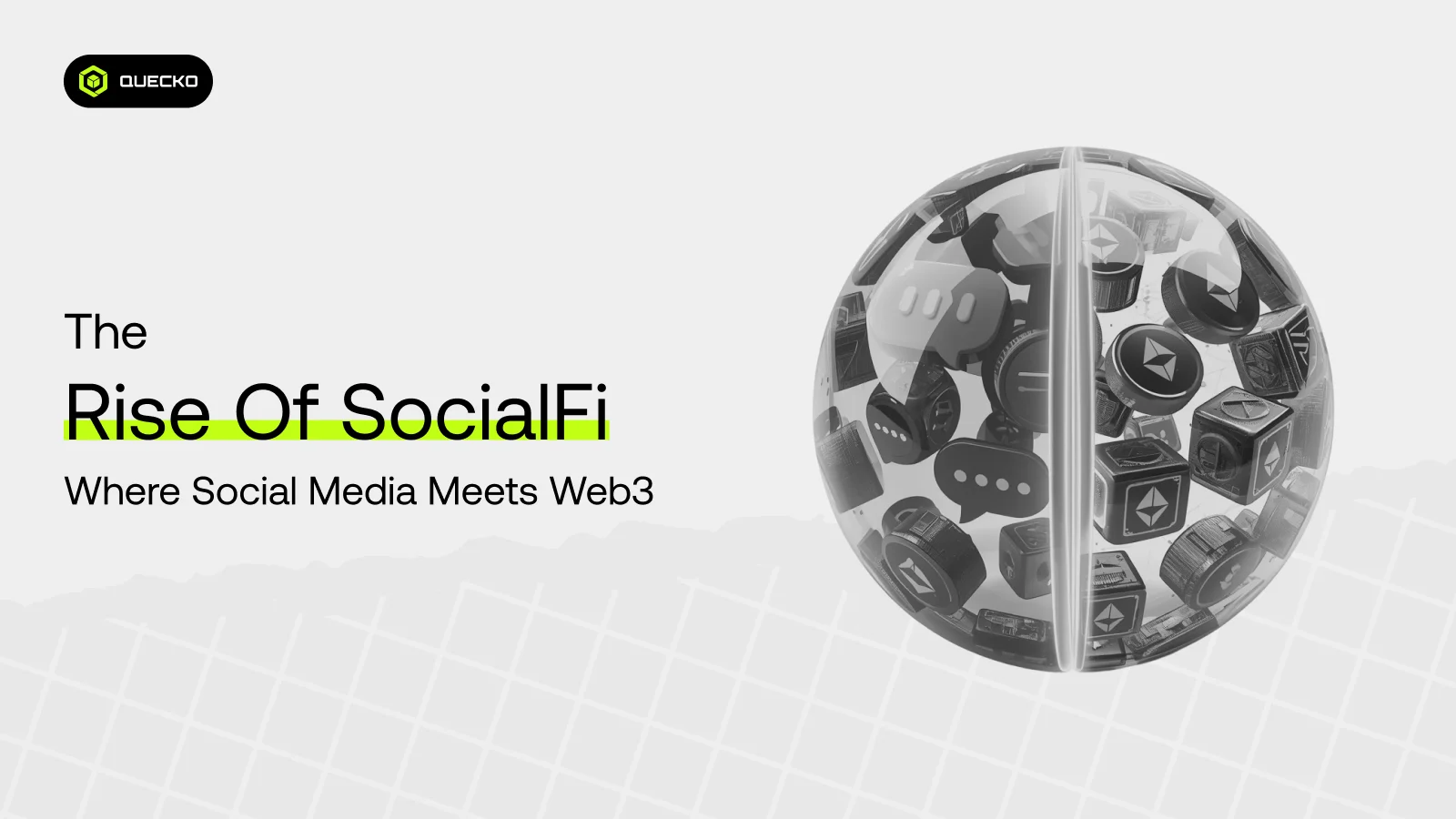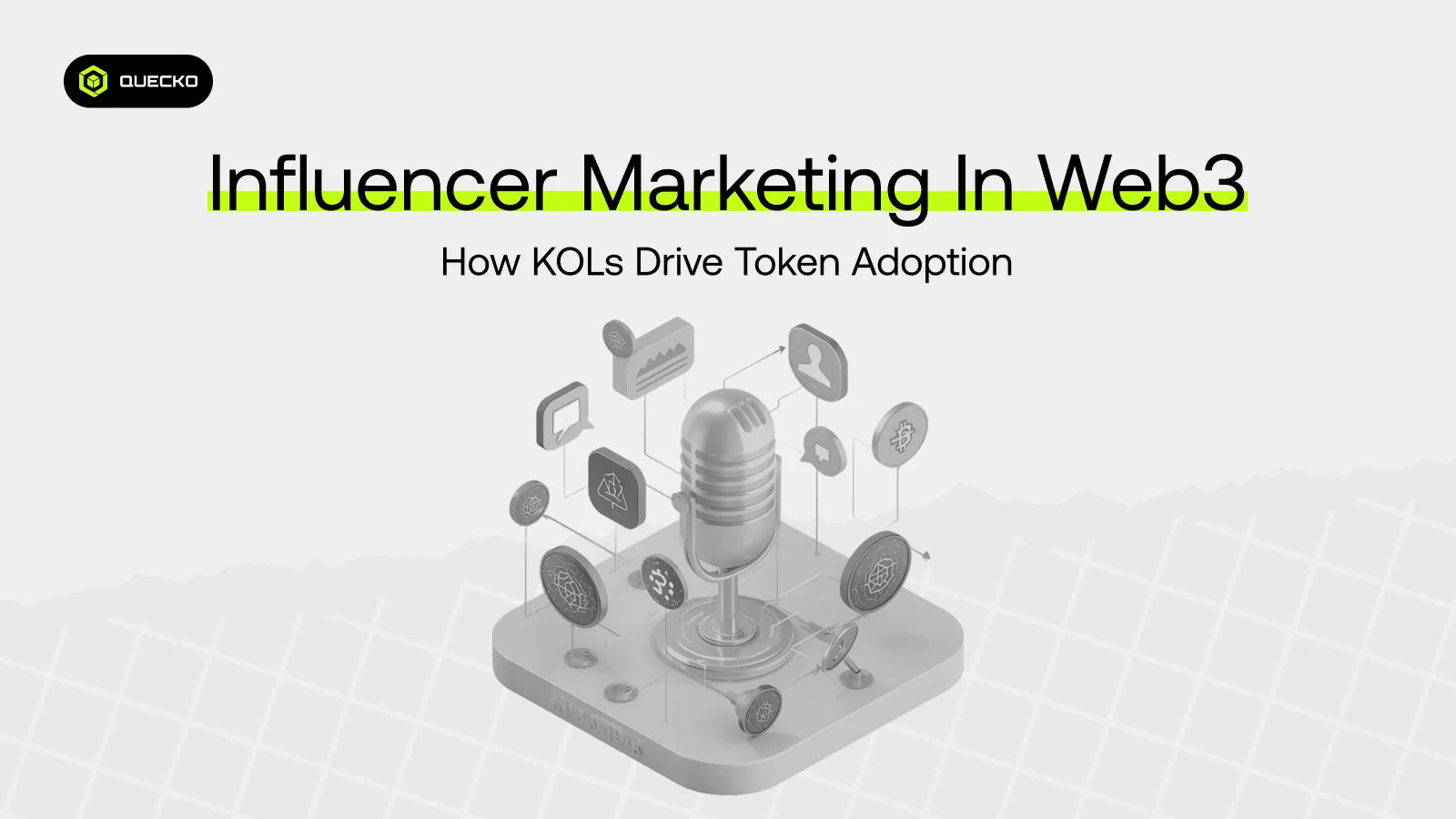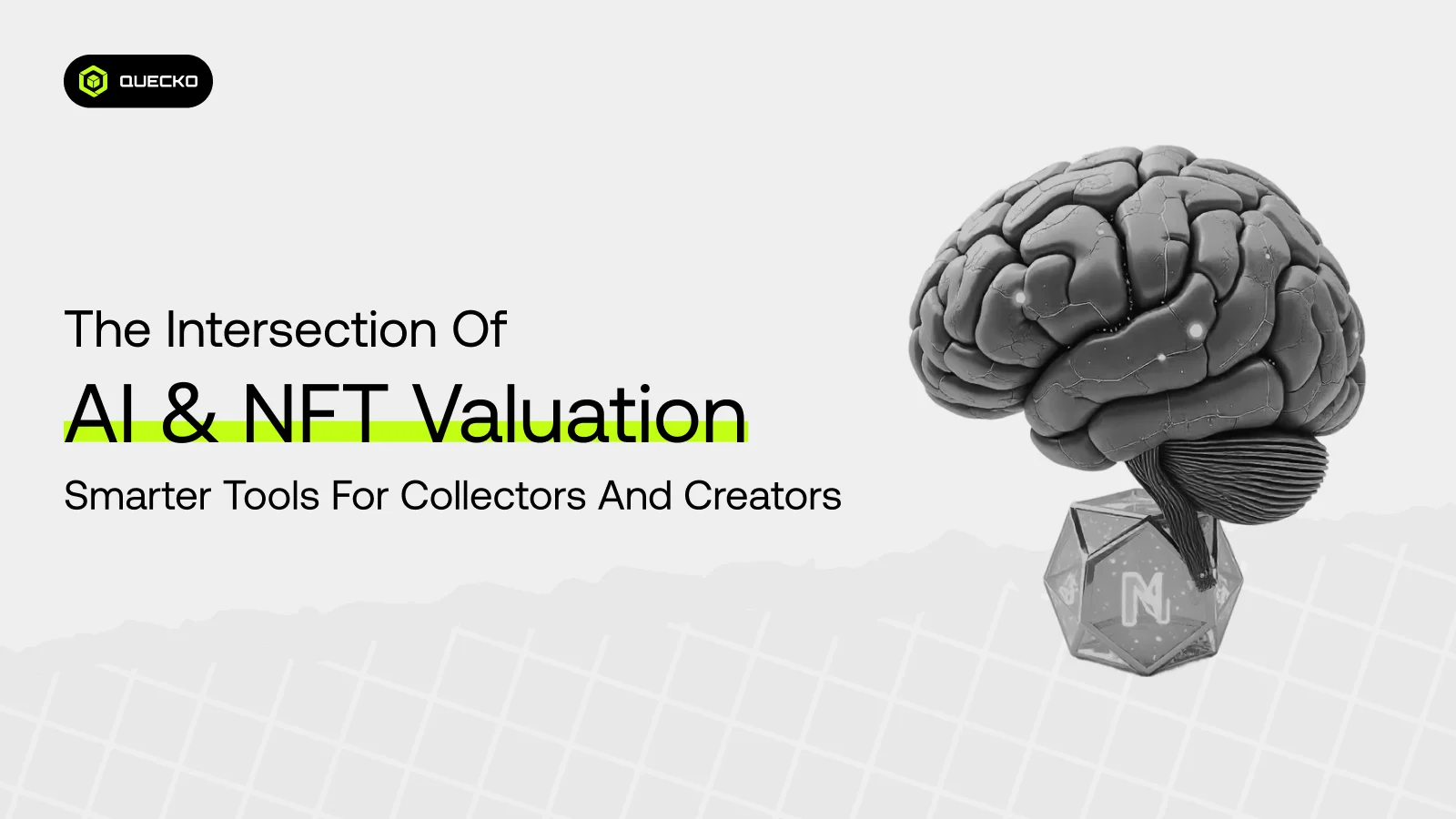The Rise of SocialFi Where Social Media Meets Web3
Discover how SocialFi is transforming social media by integrating Web3 technologies, creating decentralized, rewarding online communities. Explore the rise of SocialFi and its impact on digital engagement.

Imagine a social network where your likes, shares, and posts don’t just disappear into a corporate data vault; they earn you real value. Welcome to SocialFi.
What is SocialFi?
SocialFi, short for Social Finance, is an innovative convergence of social media platforms and decentralized finance (DeFi) principles. It represents a new paradigm where social interactions and content creation are integrated with blockchain technology to create value, incentivize user participation, and foster decentralized communities.
The Core Components of SocialFi
SocialFi (Social Finance) is an emerging intersection of social networking and decentralized finance (DeFi), aiming to revolutionize online social interactions by integrating financial incentives, tokens, and blockchain technology. Understanding its core components is essential to grasp how SocialFi operates and its potential impact.
1. Decentralized Social Networks
At the foundation of SocialFi are decentralized social platforms that operate on blockchain technology. Unlike traditional centralized platforms (like Facebook or Twitter), these networks eliminate intermediaries, giving users more control over their data and interactions. Examples include platforms built on Ethereum or other blockchain ecosystems where users have ownership rights.
2. Tokenomics and Digital Assets
Tokens are fundamental to SocialFi. They serve multiple purposes:
- Governance Tokens: Enable users to participate in platform decision-making processes.
- Utility Tokens: Used for transactions, tipping, or accessing premium features.
- Reward Tokens: Distributed to users for engagement, content creation, or community contributions. These tokens incentivize active participation and foster a thriving ecosystem.
3. Incentive Mechanisms
SocialFi platforms incorporate innovative incentive schemes to motivate user engagement:
- Content Creation Rewards: Creators earn tokens based on views, likes, shares, or other engagement metrics.
- Staking and Yield Farming: Users can stake tokens to earn rewards, participate in governance, or secure the network.
- Referral and Community Rewards: Incentives for inviting new users or contributing to community moderation.
4. NFTs and Digital Ownership
Non-Fungible Tokens (NFTs) play a significant role in SocialFi:
- Content Ownership: Creators can mint NFTs representing their content, ensuring copyright and provenance.
- Collectibles and Digital Goods: Users can buy, sell, or trade digital assets, fostering a vibrant marketplace.
- Identity Verification: Unique digital identities are often represented via NFTs, enhancing authenticity.
5. Governance and DAO Integration
Decentralized Autonomous Organizations (DAOs) empower users with decision-making authority:
- Platform Governance: Token holders vote on platform upgrades, feature implementations, or policy changes.
- Community Moderation: DAO mechanisms facilitate community-driven moderation and dispute resolution. This democratization ensures alignment of platform evolution with user interests.
6. Privacy and Data Control
SocialFi emphasizes user sovereignty:
- Self-Sovereign Identity: Users control their identity and data, sharing only what they choose.
- Encrypted Communications: Ensures privacy in interactions.
- Data Monetization: Users can monetize their data directly, rather than relying on centralized entities.
7. Interoperability and Cross-Platform Compatibility
To maximize utility, SocialFi platforms often aim for interoperability:
- Cross-Chain Compatibility: Facilitates asset transfer and interaction across different blockchain networks.
- Integration with Other Decentralized Apps: Enhances functionality, such as DeFi tools, gaming, or other social platforms.
How Does SocialFi Work?
SocialFi combines social networking with decentralized finance by enabling users to earn rewards and participate in financial activities through their social interactions and content sharing within blockchain-based platforms. It leverages smart contracts to automate transactions and enforce rules, while prioritizing user data privacy and control. Platforms like Lens Protocol facilitate decentralized social graphs, empowering users to manage their social identities and data securely within the ecosystem.
- Content Creation & Curation: Users produce and share content, which can be rewarded directly in tokens based on engagement metrics such as likes, shares, or contributions.
- Incentives & Rewards: Engagement and influence are monetized through token rewards, incentivizing quality content and active participation.
- NFT Integration: Content or social identities can be tokenized as Non-Fungible Tokens (NFTs), enabling ownership, transfer, and monetization of digital assets within the community.
- Financial Tools: Users can stake tokens, participate in liquidity pools, or earn yields, blending social activity with financial gains.
Benefits of SocialFi:
- Empowerment of Content Creators: Creators can directly monetize their influence without intermediaries.
- Transparency & Fairness: Blockchain technology ensures transparent reward distribution and governance.
- Community-Driven Growth: Users have a say in platform development and policies.
- Additional Revenue Streams: Combining social engagement with DeFi tools opens new earning opportunities.
Challenges & Considerations:
- Regulatory Uncertainty: The evolving legal landscape around tokens and cryptocurrencies.
- User Experience: Balancing complex DeFi mechanics with user-friendly interfaces.
- Scalability & Security: Ensuring platform scalability and protecting against security vulnerabilities.
In summary, SocialFi is reshaping social media by integrating blockchain-based incentives, ownership, and governance, creating a more equitable and participatory online social environment that merges the worlds of social interaction and decentralized finance.
Why Is SocialFi Gaining Traction?
SocialFi, a fusion of social media and decentralized finance (DeFi), is rapidly emerging as a transformative force in the digital landscape. Its rise is driven by a combination of technological innovation, shifting user expectations, and the evolving economic models within online communities. Several key factors contribute to the growing popularity and adoption of SocialFi:
1. Alignment of Incentives and Monetization Opportunities
Traditionally, social media platforms monetize user content and engagement primarily for their own benefit, with creators often receiving only a small share of the value they generate. SocialFi reverses this dynamic by enabling users and creators to earn directly through their participation, such as through token rewards, staking, or ownership of social assets. This creates a more equitable and motivating environment, encouraging active involvement and content creation.
2. Decentralization and User Ownership
SocialFi leverages blockchain technology to decentralize social platforms, giving users ownership over their data, digital identities, and social tokens. This shift appeals to users wary of centralized platforms that control data and profits, fostering trust and democratization of social interactions. It empowers individuals to become stakeholders rather than mere consumers.
3. Integration of DeFi Principles
By integrating DeFi elements—like liquidity pools, yield farming, and token staking—SocialFi platforms offer innovative ways for users to earn passive income and participate in financial activities within social spaces. This convergence opens up new economic opportunities that were previously inaccessible in traditional social media.
4. Community-Driven Ecosystems
SocialFi emphasizes community governance, enabling token holders to influence platform policies, development, and feature rollouts through decentralized autonomous organizations (DAOs). This participatory model fosters a sense of ownership and aligns platform growth with user interests, driving loyalty and long-term engagement.
5. Growing User Demand for Authentic and Rewarding Experiences
Users increasingly seek meaningful interactions and tangible rewards for their online activities. SocialFi addresses this demand by providing platforms where engagement translates directly into value, whether through earning tokens, access to exclusive content, or participating in governance.
6. Advancements in Blockchain Technology and Adoption
Improvements in blockchain scalability, user-friendly interfaces, and cross-chain interoperability make SocialFi platforms more accessible and reliable. As blockchain adoption accelerates among mainstream audiences, SocialFi benefits from increased trust and usability.
7. Market Potential and Investment Interest
The rising valuation of DeFi projects and social tokens has attracted significant investment interest, fueling innovation and competition in the SocialFi space. As investors recognize its growth potential, more entrepreneurs and developers are motivated to build and expand SocialFi ecosystems.
8. Cultural Shift Toward Digital Ownership
A broader cultural movement emphasizing digital ownership, NFTs, and creator rights aligns well with SocialFi’s core principles. Users increasingly view their social identities and assets as valuable and worth protecting or monetizing, positioning SocialFi as a natural evolution.
In summary, SocialFi is gaining traction because it offers a more equitable, transparent, and engaging way for users to interact and monetize their social presence. As technological, economic, and cultural factors continue to evolve, SocialFi is poised to reshape how people connect, create, and earn online.
Prominent Examples of SocialFi Platforms
SocialFi (Social Finance) platforms represent an innovative convergence of social networking and decentralized finance (DeFi), enabling users to earn, invest, and interact within blockchain-based ecosystems. These platforms leverage tokenomics, community engagement, and decentralized governance to create more participatory and rewarding social environments. Below are some of the most prominent examples of SocialFi platforms:
1. BitClout (now Known as DeSo)
- Overview: Originally launched as BitClout, DeSo (Decentralized Social) is a blockchain platform designed explicitly for social media applications. It combines social networking with tokenized creator economies.
- Impact: It introduced a new model where social influence directly correlates with financial value, incentivizing user engagement and content quality.
2. Mirror.xyz
- Overview: Mirror is a blockchain-based publishing platform that integrates social engagement with tokenized content creation.
- Impact: Mirror exemplifies how social content and financial incentives can intertwine, fostering a community-driven content economy.
3. Rally
- Overview: Rally is a SocialFi platform focused on creating creator-driven digital communities where fans can buy, sell, and trade social tokens.
- Impact: Rally emphasizes community-building and direct monetization, allowing creators to foster deeper relationships with their fans through tokenomics.
4. SpongeBob and Other NFT-Powered Social Platforms
- Overview: Some platforms leverage NFTs and digital collectibles to gamify and incentivize social interactions.
- Impact: These platforms demonstrate how digital ownership and social engagement can combine to create new social finance dynamics.
5. Voice
- Overview: Voice is a blockchain-based social media platform built on EOSIO, aiming to decentralize social media and reward content creation.
- Impact: Voice strives to address issues of centralized social media platforms by rewarding creators directly and transparently.
Challenges and Future Outlook
While SocialFi holds immense potential, it faces hurdles such as user onboarding complexities, regulatory uncertainties, and scalability issues. However, ongoing innovations in blockchain scalability, user experience design, and community governance are steadily addressing these challenges.
Looking ahead, the convergence of social media and Web3 promises a more democratized, transparent, and rewarding online environment. As users increasingly prioritize privacy, ownership, and direct monetization, SocialFi could become the new standard for digital interaction.
Conclusion
The emergence of SocialFi signifies a transformative convergence of social media and Web3 technologies, fostering a more decentralized, user-centric digital landscape. By enabling users to earn, own, and monetize their data and social interactions, SocialFi not only reshapes traditional social media paradigms but also empowers individuals with greater agency and financial incentive. As this innovative ecosystem continues to evolve, it promises to enhance user engagement, promote transparency, and unlock new opportunities for creators and communities alike. Ultimately, the rise of SocialFi heralds a future where social connectivity and financial empowerment go hand in hand, redefining the way we interact online.
Date
8 days agoShare on
Related Blogs

Why Web3 Projects Fail: Common Mistakes and How to Avoid Them
1 day ago

Influencer Marketing in Web3: How KOLs Drive Token Adoption
6 days ago

The Rise of SocialFi Where Social Media Meets Web3
8 days ago

The Intersection of AI and NFT Valuation: Smarter Tools for Collectors and Creators
12 days ago







